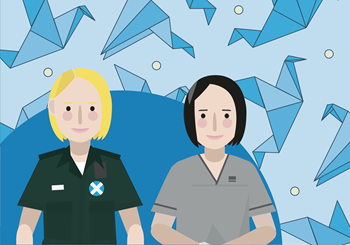How do I prepare for a PAL placement?
03

How do I prepare for a PAL placement?
Planning
When planning a PAL placement, consider:
Timetable
|
|
Space
|
When planning activities, consider:
Think creatively how to maximise space and experiences to accommodate all learners, e.g.:
|
Activities
|
Assessment and Supervision
|

How do I prepare for a PAL placement?
